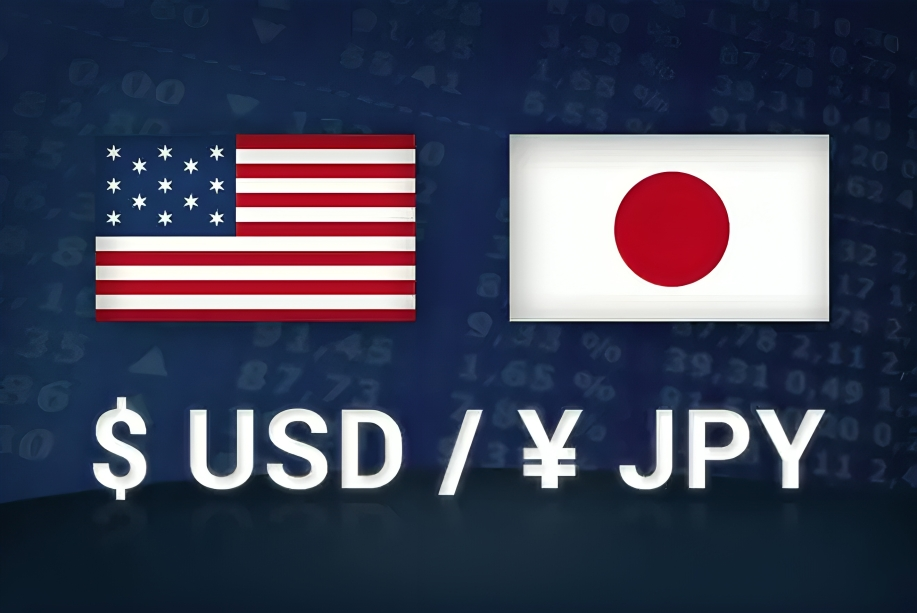Japanese Yen Traders Remain Cautious Ahead of Japan’s General Election
As the Japanese Yen (JPY) stalls its recovery from a recent multi-month low against the US Dollar, traders find themselves at a critical juncture with mixed economic signals, political uncertainty, and anticipated moves by the Bank of Japan (BoJ) shaping the trading landscape. With Japan’s general election looming on Sunday, investors remain cautious, awaiting potential policy direction that could influence the currency’s near-term movements. Here, we explore the factors impacting JPY, the broader market sentiment, and potential technical outcomes for the USD/JPY pair.
JPY’s Struggle Amid BoJ Uncertainty
Economic and Inflationary Challenges
The Japanese Yen has been on a gradual decline, largely due to economic data that suggests ongoing challenges within the Japanese economy. Recent reports indicate a contraction in Japan’s manufacturing and services sectors for October. This slowdown further highlights the economic headwinds Japan faces, creating an environment where robust economic growth appears limited.
Additionally, Japan’s latest inflation figures indicate that Tokyo’s core inflation rate has fallen below the BoJ’s target of 2%. The headline Tokyo Consumer Price Index (CPI) for October rose by only 1.8% year-on-year, down from 2.2% in September. This downward trend is also seen in the Core CPI (excluding fresh food), which increased by 1.8%, a slight drop from the previous month’s 2%. These numbers suggest that the BoJ may hold off on any further rate hikes, potentially maintaining its accommodative stance, which adds downward pressure on the JPY.
BoJ’s Policy and Market Reactions
While the BoJ has shown a cautious approach toward tightening, inflation figures below target levels weaken the case for additional rate hikes. Investors have reacted by moving funds to the US Dollar, leading to recent strength in the USD/JPY pair. With the possibility of a dovish BoJ stance post-election, JPY bears remain somewhat subdued, holding back on aggressive moves due to recent interventions and statements from Japanese financial officials.
Political Uncertainty and Safe-Haven Dynamics
The Japanese Yen, traditionally considered a safe-haven currency, would typically find support amid heightened global tensions and uncertainty. However, the upcoming Japanese general election introduces a level of unpredictability that has kept JPY bulls on the sidelines. Traders are carefully monitoring election-related developments, as the results may influence Japan’s economic policy framework.
Moreover, statements from Japanese officials such as Economy Minister Ryosei Akazawa, who emphasized the need for currency stability, and Vice Finance Minister Atsushi Mimura, who expressed concerns over excessive volatility, serve as reminders that the Japanese government could intervene if JPY weakens excessively. These comments, aimed at deterring sharp declines in the Yen, contribute to the cautious sentiment among traders.
Market Factors Influencing USD/JPY Movement
US Dollar Strength and Federal Reserve Policy
The US Dollar has shown resilience, supported by expectations of a measured policy easing approach from the Federal Reserve. Market participants are now forecasting smaller rate cuts from the Fed, rather than the aggressive cuts anticipated earlier in the year. This shift has been reinforced by strong US economic data, which suggests that the American economy remains on a solid footing, and has led to renewed USD demand, pressuring the JPY.
As the Fed signals a more balanced approach to rate adjustments, traders view the USD as a stable investment option, especially amid global economic uncertainties. This trend has lifted the USD/JPY pair closer to the 152.00 level in European trading sessions, underscoring the broad demand for the greenback relative to the Japanese Yen.
Impact of US Bond Yields
The rise in US Treasury yields also supports the USD/JPY pair. Deficit-spending concerns post-election in the US have contributed to selling pressure in the US bond market, pushing the 10-year Treasury yield to a three-month high. Higher yields make the USD more attractive relative to the JPY, as investors seek better returns amid heightened market risk.
Technical Analysis: USD/JPY Price Movements and Key Levels
Support and Resistance Zones
From a technical perspective, the USD/JPY pair demonstrates resilience above the mid-151.00 level. Any weakness below the 151.60-151.55 support area could lead to a further dip toward the 151.00 mark. Should the pair fall past this point, it would find strong support around the 150.65 level. This region represents a significant confluence of technical factors, including the 200-day Simple Moving Average (SMA) and the 50% Fibonacci retracement level of the July-September downtrend.
This confluence point at 150.65 is essential to monitor as it could act as a turning point. A decisive break below this zone could shift the bias toward a bearish outlook, suggesting the recent rally in USD/JPY may be losing momentum.
Upside Potential
On the upside, if the USD/JPY pair gains momentum beyond the 152.00 level, it could target the 152.60-152.65 resistance range. A breakthrough above this range would potentially open the door to reclaiming the psychological 153.00 mark. Additionally, the 61.8% Fibonacci retracement level, located around the 153.20 area, serves as a crucial resistance zone. Clearing this level could signal further gains toward the 154.00 mark, with the next supply zone located around 154.30.
Indicators to Watch
The formation of these support and resistance levels aligns with broader technical indicators that signal cautious optimism for USD/JPY bulls. However, the market’s response to upcoming US economic data, including Durable Goods Orders and the revised Michigan Consumer Sentiment Index, will be pivotal in determining whether the pair can sustain its upward momentum heading into the weekend.
Market Sentiment and Near-Term Outlook
Risk Sentiment and Global Geopolitics
The Japanese Yen typically gains appeal during times of market turbulence due to its safe-haven status. Yet, the positive risk tone in global markets has reduced demand for the Yen in recent sessions. Additionally, Japan’s ongoing economic vulnerabilities and political uncertainties further weigh on JPY sentiment, creating a complex landscape for traders.
Geopolitical developments, particularly in the Middle East, continue to pose risks that could affect safe-haven flows. Heightened tensions between Israel and Hezbollah-backed forces in Lebanon, along with intensifying military activity in northern Gaza, remain focal points for global markets. Such developments could spur demand for safe-haven assets, potentially lending support to the Japanese Yen if risks escalate.
Last Verdict
The Japanese Yen faces a critical period ahead of Japan’s general election, with mixed economic indicators, BoJ policy expectations, and external pressures shaping its near-term outlook. The broader market dynamics, influenced by US Dollar strength and bond yields, play a central role in USD/JPY’s direction. While technical analysis indicates significant support and resistance levels, traders remain cautious as they await clearer signals from both the Japanese and US markets.
The balance between Japan’s internal political landscape, BoJ policy stance, and the Fed’s less aggressive rate trajectory will be crucial in shaping USD/JPY movements. With key US economic data and the Japanese election both around the corner, the Japanese Yen’s direction in the coming days remains uncertain but highly eventful.




